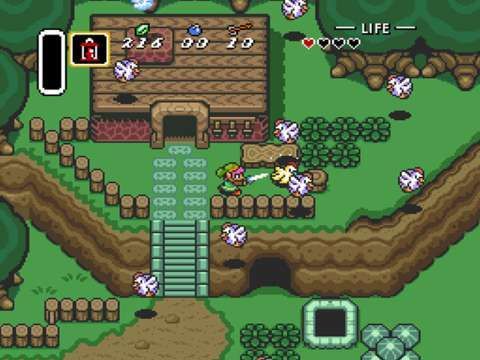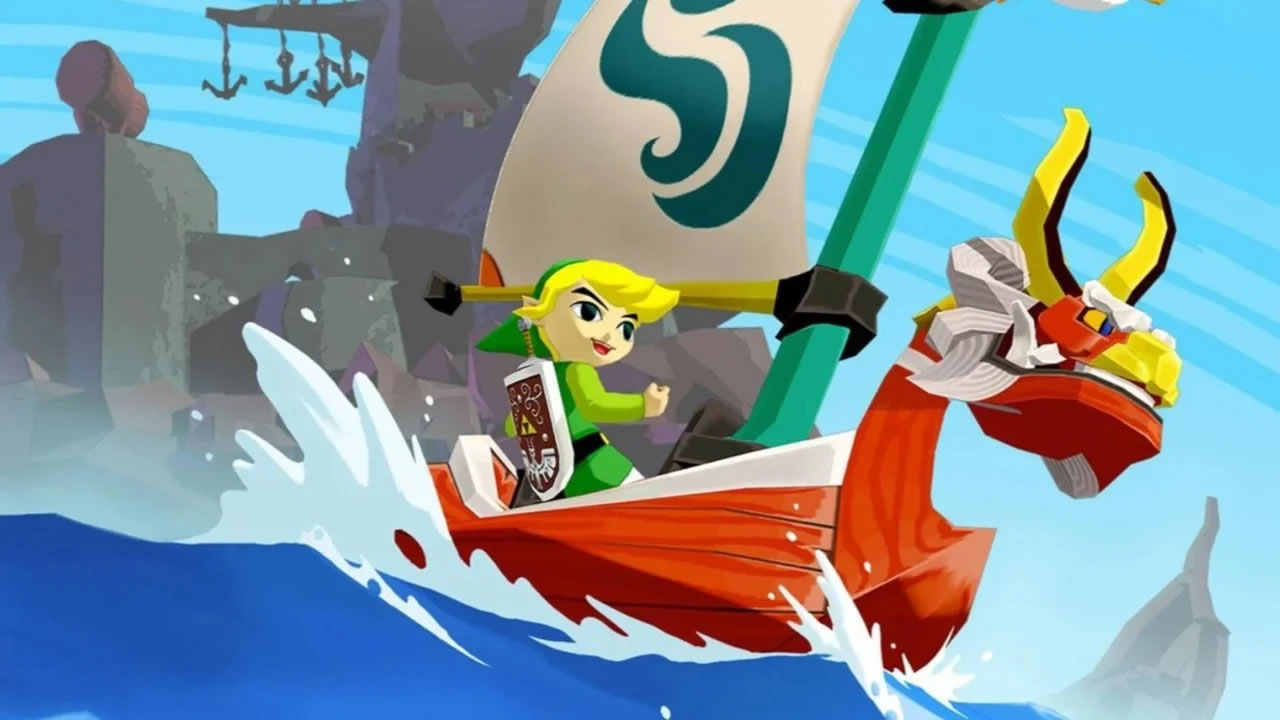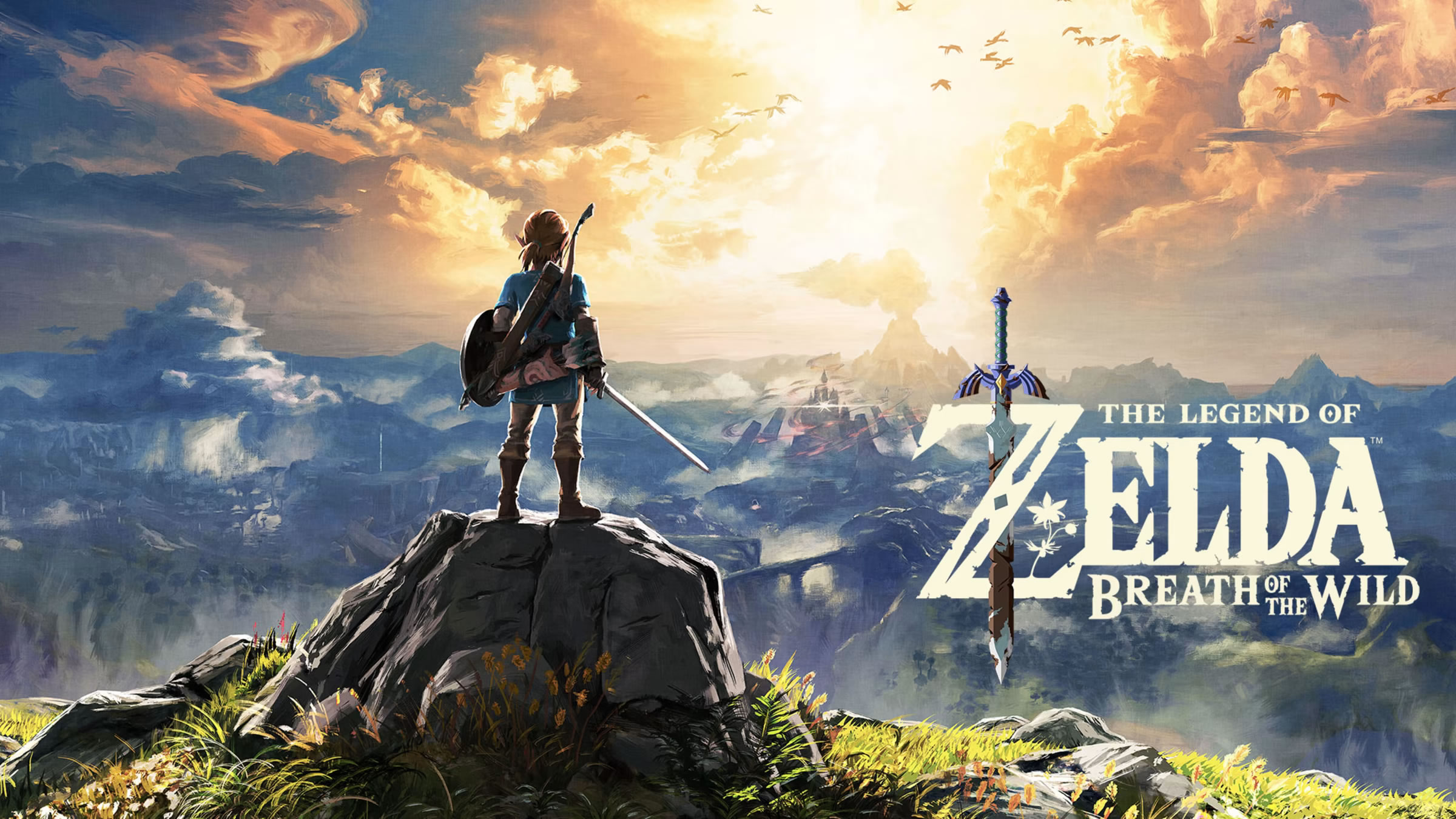Strap into your gaming chairs, folks. It’s time to embark on an epic quest traversing time, mystical lands, and unfathomable pixels and polygons. We’re talking about none other than the time-honoured, dungeon-crawling, Octorok-slashing Legend of Zelda series. Drumroll, please! With its debut back in ’86, this Nintendo fixture has outlasted lesser franchises just by looking at them sideways with its single, pixelated eye.
Back to the serious stuff now. What could possibly be the big deal about the umpteenth game series, you ask? It’s not like the Zelda series revolutionized open-world gameplay or anything- oh wait, it did. This baby didn’t just set the bar for adventure games; it casually tossed the bar into another dimension. What other game – pardon me, legend – can boast of navigating players through a transition from 2D to 3D gameplay easier than getting from one level to another on an elevator? Here’s a clue: it rhymes with ‘The Bread Gin of Welder.’ I kid you not! Zelda is, in reality, a game-changer – emphasis on the ‘game’. So buckle up, adventurers, as we embark on one heck of a gaming journey. Spoiler alert: There will be lots of sword swinging and monster-slaying. Don’t say I didn’t warn you!

The Birth of a Legend: The 8-bit Era
Step into the pixelated world of yesteryears as we revisit the birth of a gaming titan. In 1986, a mythical game known as The Legend of Zelda (NES) graced our humble Nintendo Entertainment Systems, leaving us all in awe of its groundbreaking gameplay. With a then-revolutionary save feature and gameplay mechanics that have stood the test of time, one could say it was love at first sight – if you can see past the now-primitive graphics.
Then, along came Zelda II: The Adventure of Link (NES). Let’s be honest, this “black sheep” of the family was Nintendo’s wild child. Ditching the classic top-down perspective, the game opted for side-scrolling action yet managed to become one of the most controversial games in the franchise. However, don’t be fooled by its rebellious nature. Zelda II tossed in some innovative ideas like Link’s downward sword thrust – the cherry on top of this unconventional masterpiece that refuses to be forgotten. As the sarcastic uncle of the Zelda franchise, Zelda II remains a testament to Nintendo’s willingness to experiment, even when creating cult classics. So let’s raise our pixelated swords and pay homage to the era that started it all, laying the groundwork for a legendary journey we’d stay glued to, consoles in hand, for years to come. Welcome to the 8-bit era, folks, where legends were born and pixels ruled the world!

A Link to the Past and Beyond: The 16-bit and Game Boy Era
(PRINT: “Insert Chiming Fairy Sound Effect”) Welcome to another flash from the past, gaming enthusiasts! Our time-machine has landed us square in the middle of the 16-bit and Game Boy era. Time to dust off those mothballed consoles, folks!
In this era, The Legend of Zelda took a bold leap forward with ‘A Link to the Past’, which hit SNES gamers like a lightning shock to a Cucco (that’s a Zelda chicken for you newbies). This game was all you’d ever dream about and more. Full of dashing knights (well, one-knight: Link), magical artifacts, and creepy dungeons – the whole shebang. It was an epic quest packed into a tiny cartridge, and we loved every pixelated second of it.
Plot twist! Along came ‘Link’s Awakening’, which was like the cantankerous cousin visiting from the Game Boy family. Wanting to join the cool SNES party, it swaggered onto the scene bringing…wait for it…dream sequences! Our hero now fought nightmares as well as moblins! Rumors have it, Link still needs counseling from the experience.
Both games set new norms for complexity in storytelling and paved the way for future Zelda adventures. And for that, we doff our Link hats (also known as ‘Caps of Twilight’) to the courageous 16-bit era. Stay tuned as we venture fearlessly forward! (PRINT: Fairy flutter outro music).

Stepping into 3D: The Nintendo 64 Era
Imagine a time when polygons were king and the more geometric your protagonist, the better. In this polygonal paradise, our brave green-clad hero – Link, somehow managed to look stylish even though he was essentially a walking collection of triangles. Welcome to the Nintendo 64 era, when The Legend of Zelda strutted into the 3D side of life with ‘Ocarina of Time’. A time where every aspiring hero learnt the mystical art of… playing a musical instrument. Who knew a heroic quest could be set to a symphony, right?
Next off, imagine the sounds of an in-game clock tolling away your sanity. That’s “Majora’s Mask” for you, where time is your worst enemy and making masks fashionable again is your main goal, all while dealing with a moon that had clearly skipped its anger management classes. You have a measly 72 in-game hours to prevent the moon from ending the world, because clearly, someone at Nintendo thought Zelda wasn’t stressful enough. I mean, who needs sanity anyways?
From fighting geometric monsters to dancing with the symphony of time itself, the Nintendo 64 era was nothing short of revolutionary. It showed us that even in a world ruled by geometry and polygons, a good adventure is priceless and our heroes, even if angular, will eternally be remembered by gamers across the globe.

Innovation and Reinvention: The GameCube, Wii, and DS Era
Fasten your seat belts, folks, because we’re about to embark on a virtual roller coaster ride from pixelated islands to twilight-filled pasts into the sky, all aboard the Nintendo GameCube, Wii and DS train! And trust me, this trip is going to be “Linking” all sorts of gaming dimensions together. Alright, puns aside, let’s dive right in!
Enter, The Legend of Zelda: Wind Waker for GameCube, a tale as fresh as the ocean breeze, sporting a style that was as divisive as pineapple on pizza. Mario had water, so Zelda got wind – seems fair, right? Cell-shaded graphics combined with innovative gameplay had some fans hailing it as a masterpiece and others crying “betrayal!”. But hey, who wouldn’t love to be a cartoonish version of themselves once in a while?
Next up, the duality of gaming: The Legend of Zelda: Twilight Princess, where our beloved Link turned into a lupine night prowler! Difficult in broad daylight, Twilight Princess brought fearsome foes and challenges that had us all, chucking our GameCube and Wii remotes out of fear… or was that just me?
Then we have Skyward Sword, taking us to the proverbial heavens on a bird, no less! The game for Wii had us flailing our remotes like never before, painting an impressionistic vista of the original Zelda universe which was… let’s just say impression-able.
But hark, the handheld revolution wasn’t forgotten. DS and 3DS versions kept us hooked with games like Phantom Hourglass and A Link Between Worlds, serving up nostalgia and innovation with a side-dish of carpal tunnel syndrome.
Did we lose a few along the way? Sure. Did we game on? Heck, yes! That’s the beauty of innovation, isn’t it? New frontiers, new challenges and a whole new lot of ways to get heart pieces! Now, let’s move onto… Oh, wait! I’m getting ahead of myself. We’ll brave the wild in the next exciting era of Zelda. To be continued…

Breath of the Wild and Tears of the Kingdom: A New Horizon
Let’s get one thing straight, folks. The Legend of Zelda: Breath of the Wild didn’t just break the mold – it smashed it into a Hylian shield and went “ka-boom!” on every game design principle established. This game said “Adios!” to the dungeon-business as usual and instead handed us a sprawling, awe-inspiring map that went “Go ahead, full speed ahead, intrepid adventurer. No holding hands, no ‘do this’ or ‘go here’ – just you, your horse, and a wide world quaking with potential.”
And while critics were busy swooning over the sudden influx of open-air freedom, our brave elf-boy Link was out causing chaos in a physics-based world that allowed for shenanigans-worthy innovation, like using metal weapons to conduct lightning, turning a rooster into a deadly boomerang (don’t try this at home, kids) and creating mechanical marvels, vehicles and literal “monsters”!
The heart-racing thrill of its release was only matched by the tsunami of praise it received, selling a whopping one-to-one with the Switch at launch. Despite the game’s mischievous insistence on a constant rainstorm whenever you’re trying to climb a mountain. Talk about getting “damp” reception!
In the realm of video games, The Legend of Zelda is as legendary as its name suggests. For over three decades it’s been giving us epic adventures, whimsical characters, and chicken beatdowns to remember. Its legacy, as fascinating as the many Hyrulean legends, propels fervent anticipation for the series’ next incarnation. And folks, with how random this series can be, who knows? Maybe Zelda II will inspire the next entry. Or may I suggest a Tingle spinoff: “Survivor Hyrule” style? Or, does that exists already!?Your move, Nintendo.
See you next time!
